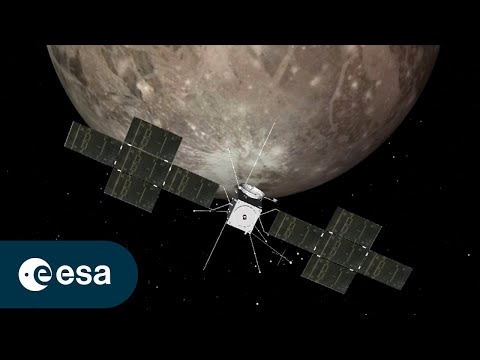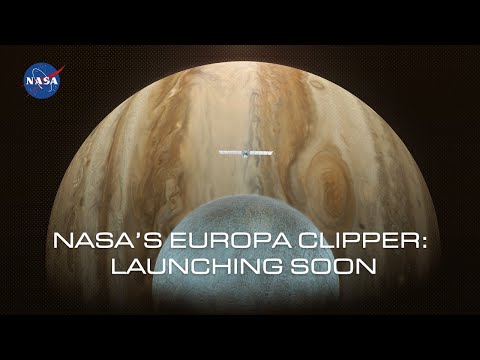Listen to the full episode of this podcast and subscribe at: https://www.nasa.gov/gravityassist
For decades, moons of the outer solar system have proven fascinating subjects for scientists interested in the search for life. Forty years ago this year, NASA’s Voyager 1 spacecraft flew by Saturn’s moon Titan and took the first close images, revealing a thick orange-colored atmosphere that is the most Earth-like in the solar system. NASA’s Cassini probe then dropped off a lander at Titan called Huygens in 2004, and studied Titan in detail during its 13 years at Saturn. Now, NASA is preparing to launch the rotorcraft mission Dragonfly to Titan in the 2020s. But Titan is just one interesting moon. The European Space Agency’s upcoming JUpiter ICy moons Explorer (JUICE) mission will study Ganymede, Europa, and another moon of Jupiter called Callisto. Meanwhile, NASA’s Europa Clipper mission will provide complementary observations of Europa.
Gravity Assist: Why Icy Moons are So Juicy, with Athena Coustenis

Comments
12 responses to “Gravity Assist: Why Icy Moons are So Juicy, with Athena Coustenis”
-
زاعمازمعزاعمماهزحهاززحعه
-
I knew Moon bae was Juicy!
-
Luv u NASA from india
-
Nice title 10/10
-
NASA LIES
-
@VcAM nikon captures ALIEN CAPSULE
-
.
-
Please also write Urdu translation on the screen inside your video. Because there are more than a billion people who understand Urdu and they are 100 years behind you in terms of education and knowledge. NASA has made great strides. There is some benefit for those who are far behind in terms of knowledge. I apologize. Don't you want him to advance in technology?
-
Cheese isn’t juicy
-
Sad day indeed… Juicy moons…. Rule 34 applies ☹️
-
The music doesn’t add anything to the video, it just makes it hard to hear what is being said.
-
Insightful. Thank you.👍




Leave a Reply